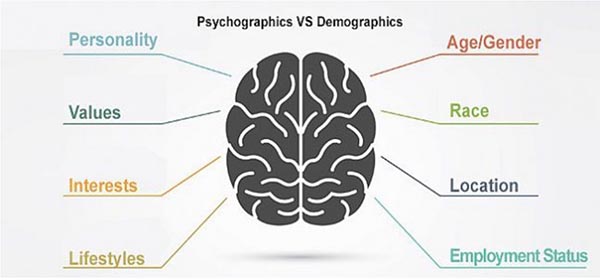Here are two television ads. How do they make you feel?
[Video of a young boy riding a knobby tired bike on the neighborhood sidewalk] “Remember your first bike?”
[Cut to video of a man on a racing bike careening along a twisting road in the mountains] “No, your first real bike.”
[Cut to image of a black truck] “So can you imagine the feeling you’ll get from your first real truck?”
This ad targets buyers who want more. These buyers have grown up and want to live that way. They have worked hard to invest in their educations and advance their careers. Now they want to reap the privileges of their hard work.
Now look at this ad. It’s for the same product, but the positioning is different.
[Video of men leaving their homes and driving to work] “How do you want to live? As a decent person? A good husband? Good? Of course not.”
[Cut to man standing on the balcony of a high-rise apartment or townhouse in the evening, with a beautiful woman by his side] “King of the Hill? Better.”
[Cut to images of a black truck hauling a sleek camper up a road cut out between a glistening lake and a rocky mountainside] “Top of your game. Win.”
[Cut to man in the corner office. Then a man dressed in running gear in an all-out sprint in the woods] “All powerful. Like a boss. Like a pro.”
[Cut to front view of the truck racing toward you] “We couldn’t agree more. We are professional grade.”
Who does this ad target? Not just someone who wants better, but the over-achiever. Someone who won’t settle for anything less than the corner office. Success is not just what they have earned, but what they deserve. This truck is associated with that success.
This is psychographic targeting. It’s marketing the same product, to the same demographic audience, but positioned differently based on differing personality profiles and sets of priorities.

Psychographic targeting has been around for a while, and its use is growing. Like every other form of marketing that starts in the digital world, it’s making its way into print.
You can purchase psychographic profiles, buy lists of consumers who fall into different psychographic buckets, and do your own assessing of psychographic traits. Yes, it’s one more thing on the “to do” list, but advancements in marketing don’t take a break for any of us to stop and take a rest (or even a breath, sometimes it feels).
Is your company is helping your customers with psychographic targeting? If so, what the response has been. Anyone?















Discussion
By Joe Webb on Aug 15, 2018
The main way psychographic targeting was done was through advertising in or direct mail to readers of specialty magazines. Publishers had lots of research about the behaviors, interests, attitudes, and values of their subscriber bases. So many of those opportunities are gone, hence the interest in analytics based on online actions. Today's psychographic data can be based on actual behavior more than "feelings" expressed in publisher qualitative research studies.
Discussion
Only verified members can comment.